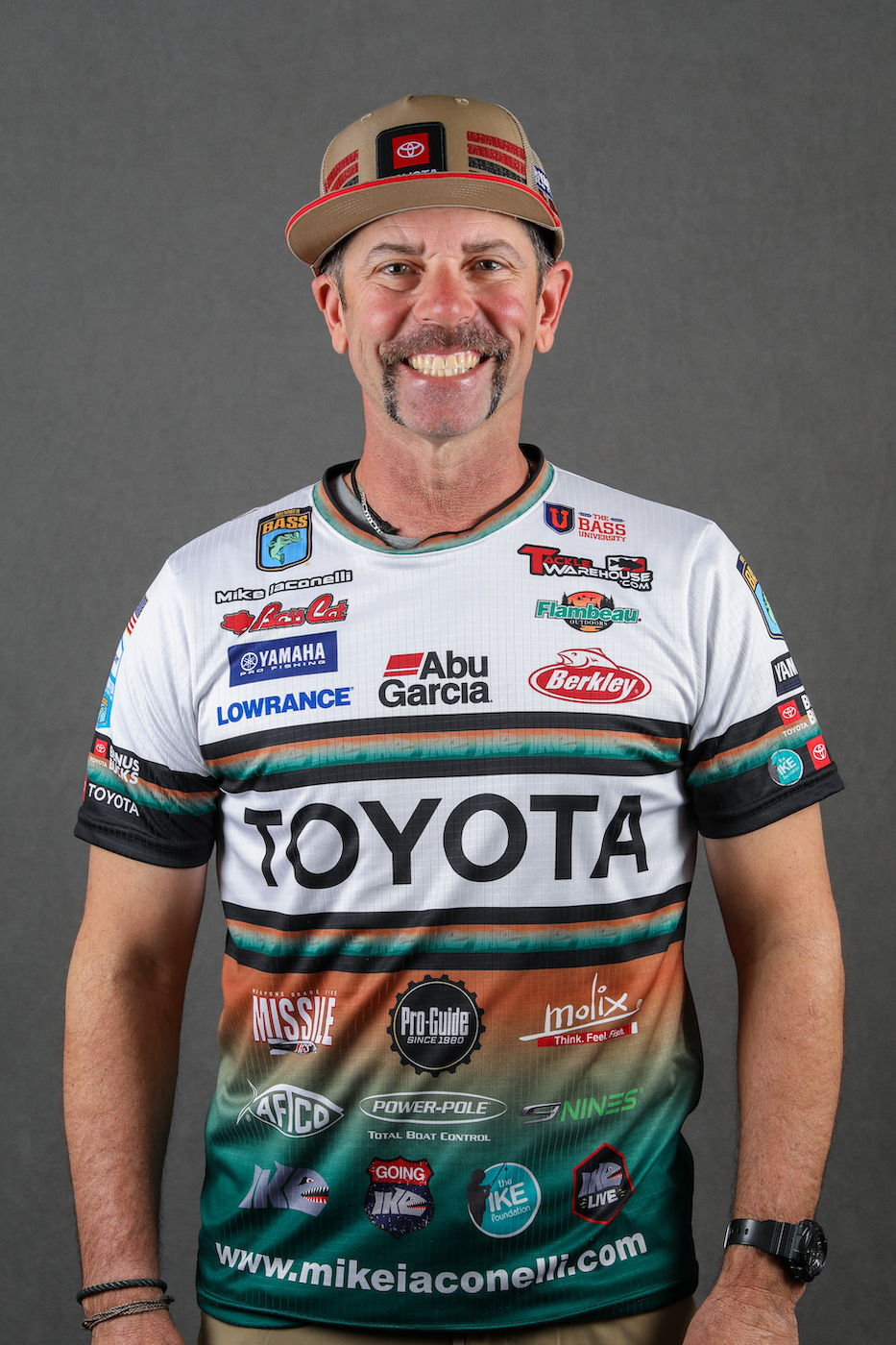One lure, the plastic French fry, often gets overlooked when we talk about finesse fishing, but believe me, this bait has some amazing potential when you rig it a certain way and start casting it with a spinning rod and light fluorocarbon line. It's really one of my favorite finesse techniques.
In my early tournament years, when I fished a lot of events back home in New Jersey, I got beaten more times than I want to remember by a friend of mine, who I knew was fishing a French fry. He never would tell me exactly what he was doing with it as long as we were competing against each other, and when he finally did tell me, I was amazed.
If you remember the infomercial Alex Langer made years ago with his creation, the Flying Lure, you know the concept of that bait was that it would glide, or "fly" backwards when you fed it line as it fell through the water. That's what we can do with a French fry, and all you need is a nail to make it work.
Actually, you need three things. The first, of course, is a soft plastic French fry lure between about 4 and 5 inches long. Lots of lure companies produce them, including Tru-Tungsten, Berkley, Lake Fork Tackle and others. The name comes from the fact that the lure looks similar to the French fried potatoes we eat with our hamburgers, and most of the baits offered are similar.
One key ingredient in this finesse technique, however, is using a French fry that has at least one flat side. It can have more than one flat side, but completely round French fry lures won't work. That flat side is what makes it glide.
For a hook, you'll need either a 1/0 or 2/0 light wire, standard (not wide gap) offset hook, and most importantly, you'll need a nail. It won't take much; a small finishing nail without a head will work, and so will a shingle nail, but you'll need to cut the head off. Don't use a large nail, because it will be too heavy and simply pull the French fry straight to the bottom.
Now, here's how you can put these three ingredients together. Rig the French fry Texas-style so the flat side is on the bottom. Just insert the hook into one end of the bait and pull it back out the way you do with a regular Texas rigged worm. Next, push the barb through the flat side so the point is just ready to come out on the opposite rounded side. The bend of the hook will help act as a keel to keep the lure from spinning, and it will be weedless as long as you keep the hook point covered.
Now, insert your nail into the opposite end of the French fry. Just push it in, but make certain the nail goes in straight, as this is another key in making the lure glide backward. A tube spirals. The Flick Shake flutters. A shaky head glides forward. And the French fry, with this tail weight, glides backward. That's quite an arsenal for finesse fishing.
When I fish a tail-weighted French fry, I never do it on a tight line, because it won't glide. I do not fish it on a totally slack line, either, because I'll miss strikes. Instead, I let it fall on a semi-slack line. This will mean I have a slight bow in my line as the lure falls, but I'm still be able to feel and see strikes as the line moves. I like to call the French fry an 80/20 bait, because at least 80 percent of the strikes will come as the lure is falling.
That means the best way to fish this lure is to create multiple falls during your retrieve. When I cast, I let the French fry fall to the bottom, but once it touches the bottom, I don't shake it or drag it anywhere. I lift my rod to get the bait several feet up, then let it fall again on a semi-slack line.
The tail weight will take the French fry back to the bottom in the reverse angle to which you pulled it up because of that tail weight. And it glides because of the flat side. This technique works best when you cast, because then your line is at an angle, but you can do it fishing vertically, too; just don't raise your rod straight up. Sweep it to one side so you create that line angle.
The best way to appreciate how a tail-weighted French fry works is to play with it in a swimming pool where you can easily see it. Using it first in a pool will also give you a better feel for different nail sizes and how much slack you need to have in your line as the lure falls.
I like to use a weighted French fry when I'm fishing rocky bottoms or rock reefs like you find at Erie and Champlain. As you can imagine, it's not that good around vegetation because the lure needs open water to glide, but you can use it around stumps and vertical cover, and even boat docks. It's really a good technique to try if you're fishing crowded water and the bite is tough, because the presentation is so natural. I learned that lesson long ago from those Jersey tournaments.





